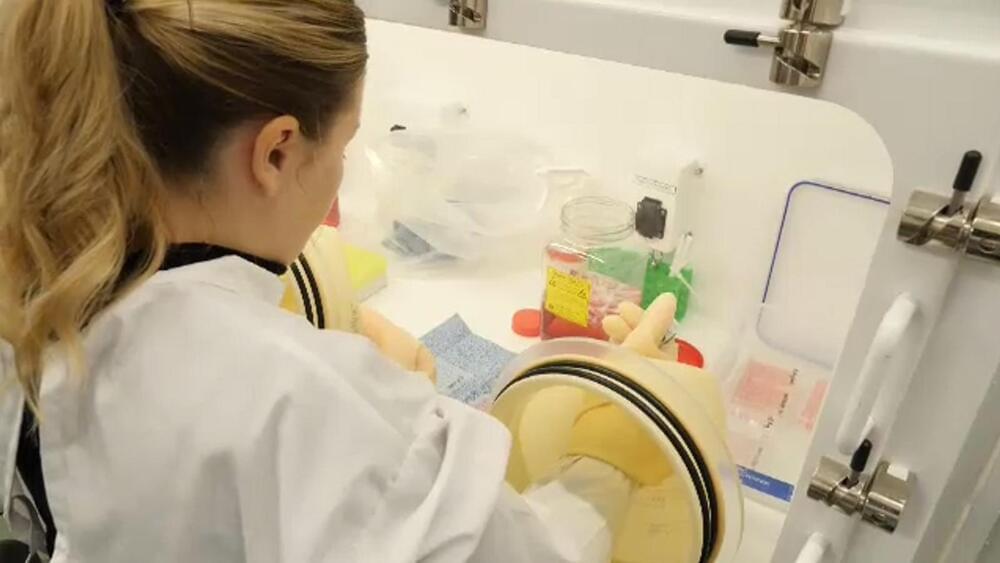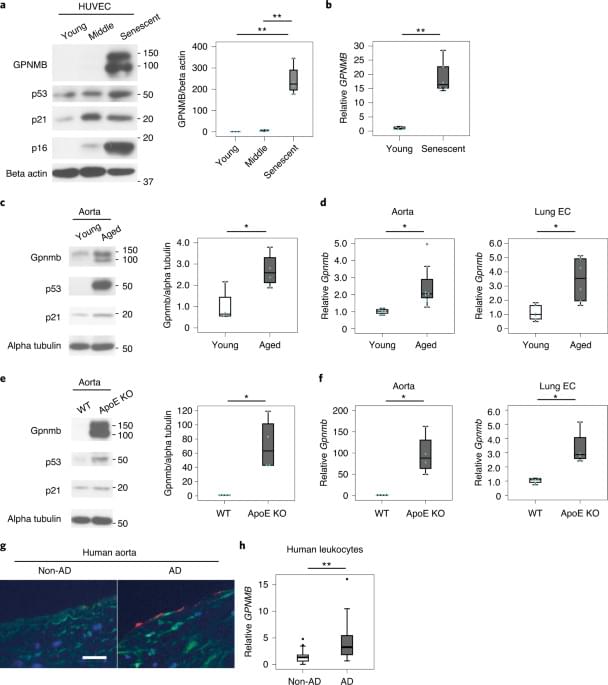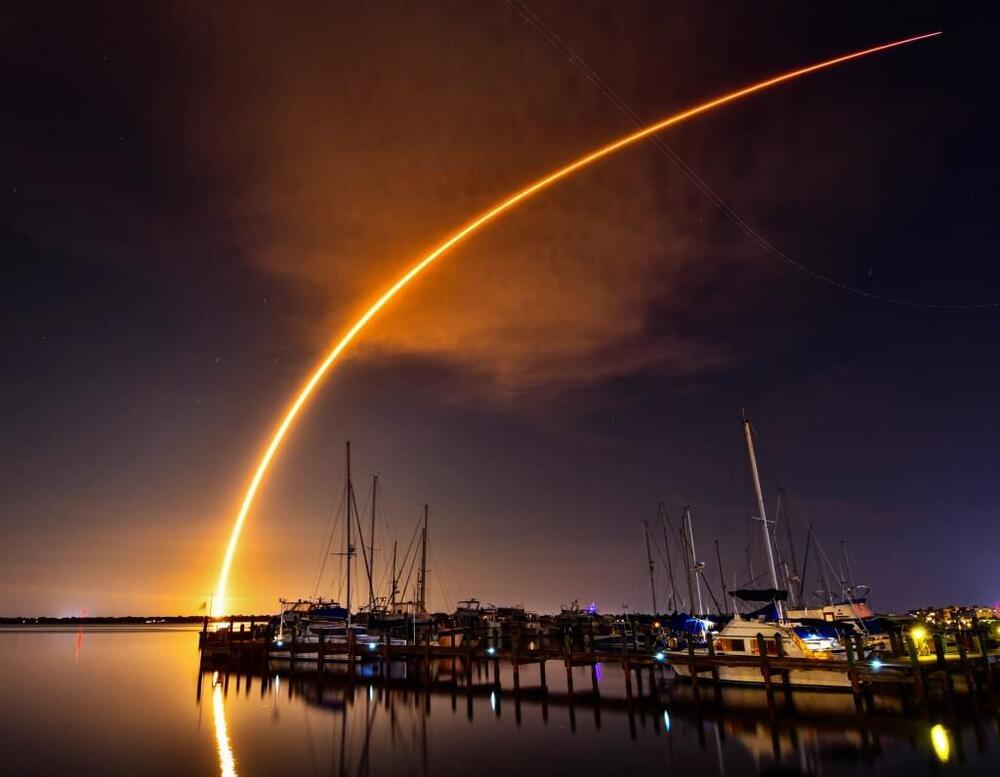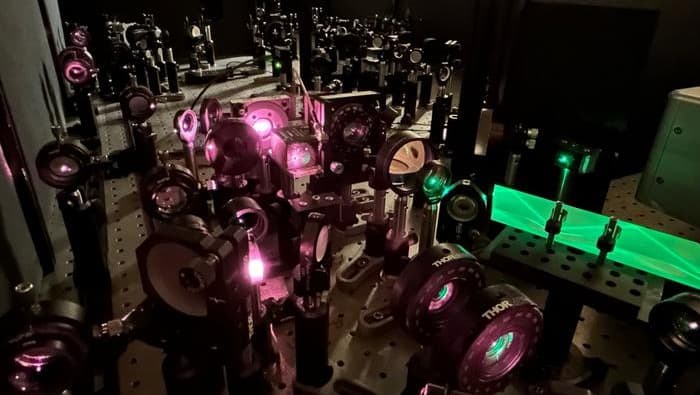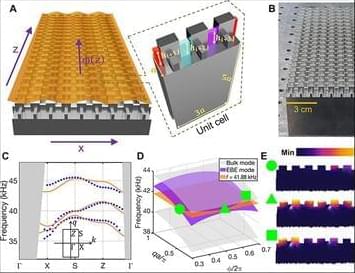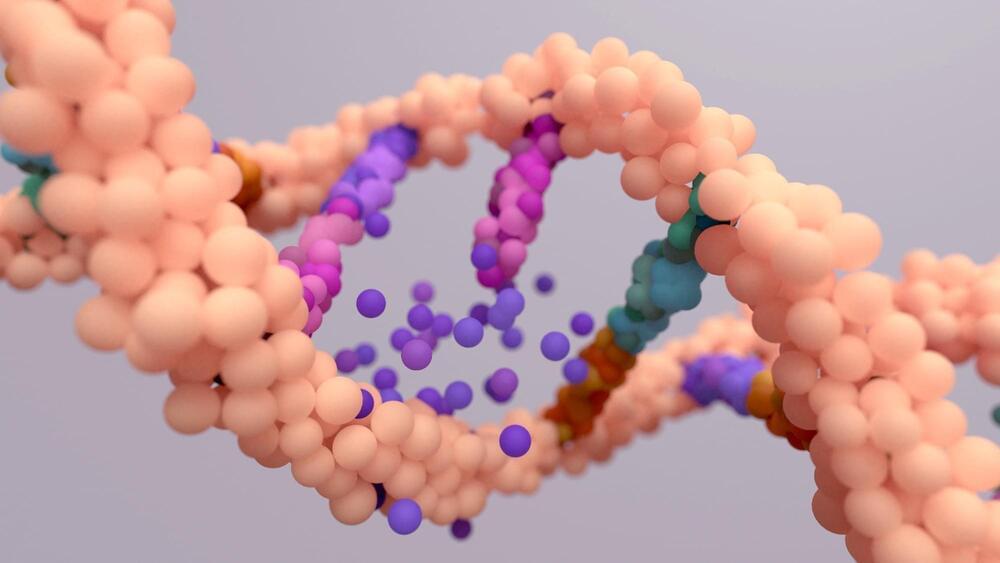Should we pay attention to António Guterres, ‘global boiling’ hyperbole, or believe the new head of the IPCC who is telling us to chill.
UK scientists have begun developing vaccines as an insurance against a new pandemic caused by an unknown “Disease X”.
The work is being carried out at the government’s high-security Porton Down laboratory complex in Wiltshire by a team of more than 200 scientists.
Year 2021 😗😁😘
The authors developed a vaccine against a membrane-bound seno-antigen called GPNMB and show that it can be used as a new senolytic approach. The vaccine led to improvements of several age-related phenotypes and prolonged the lifespan of a progeroid mouse model.
SpaceX shot up a rocket Sunday night from Cape Canaveral Space Force Station that set a record for the company’s quickest turnaround ever from a single launch pad.
The fear of artificial intelligence is largely a Western phenomenon. It is virtually absent in Asia. In contrast, East Asia sees AI as an invaluable tool to relieve humans of tedious, repetitive tasks and to deal with the problems of aging societies. AI brings productivity gains comparable to the ICT (information and communications technology) revolution of the late 20th century.
China is using AI as an integral part of the Fourth Industrial Revolution, which brings together different “Industry 4.0” technologies – high-speed (fifth-generation) communications, the Internet of Things (IoT), robotics, etc. Chinese ports unload container ships in 45 minutes, a task that can take up to a week in other countries.
Today’s fear of AI has many parallels to the fear of machines at the end of the 19th century. French textile workers, fearing mechanical weaving would endanger their jobs and devalue their craft, threw their “sabots” (clogs) into weaving machines to render them inoperable. They gave us the word sabotage.
On the cusp of the iPhone 15 debut, Apple has finally admitted what has long been clear: The industry is facing a smartphone slowdown. Also: Another M3 Mac goes into testing, Apple seeks to downplay its Goldman Sachs rift, and Vision Pro developer labs get off to a sluggish start.
Last week in Power On: The iPhone 15 will have thinner bezels in another step toward Apple’s dream phone.
An important objective of medical research is to identify the underlying molecular mechanisms of human brain health and diseases.
This objective has been predominantly achieved through observational studies of gene expression in human brain tissues obtained from post-mortem brain donors for their analysis. Importantly, many of these studies are based on the assumption that gene expression in the post-mortem human brain is an exact representation of gene expression in the living human brain.
A recent study published on the medRxiv preprint server challenges this assumption by comparing human prefrontal cortex gene expression between living and post-mortem samples.
The next generation of 2D semiconductor materials doesn’t like what it sees when it looks in the mirror. Current synthesizing approaches to make single-layer nanosheets of semiconducting material for atomically thin electronics develop a peculiar “mirror twin” defect when the material is deposited on single-crystal substrates like sapphire. The synthesized nanosheet contains grain boundaries that act as a mirror, with the arrangement of atoms on each side organized in reflected opposition to one another.
This is a problem, according to researchers from the Penn State’s Two-Dimensional Crystal Consortium-Materials Innovation Platform (2DCC-MIP) and their collaborators. Electrons scatter when they hit the boundary, reducing the performance of devices like transistors. This is a bottleneck, the researchers said, for the advancement of next-generation electronics for applications such as Internet of Things and artificial intelligence. But now, the research team may have come up with a solution to correct this defect. They have published their work in Nature Nanotechnology.
This study could have a significant impact on semiconductor research by enabling other researchers to reduce mirror twin defects, according to lead author Joan Redwing, director of 2DCC-MIP, especially as the field has increased attention and funding from the CHIPS and Science Act approved last year. The legislation’s authorization increased funding and other resources to boost America’s efforts to onshore the production and development of semiconductor technology.

